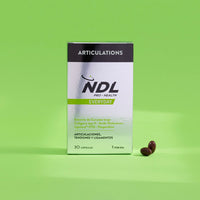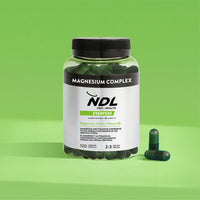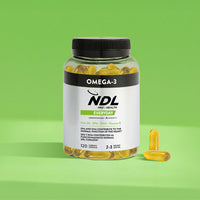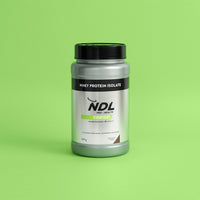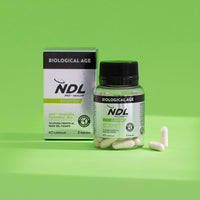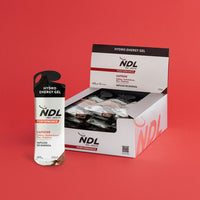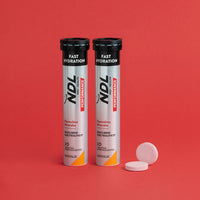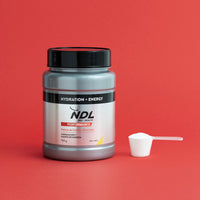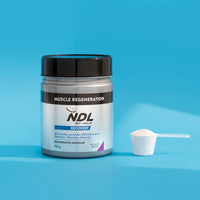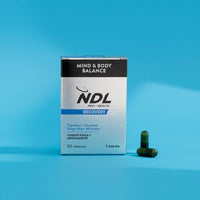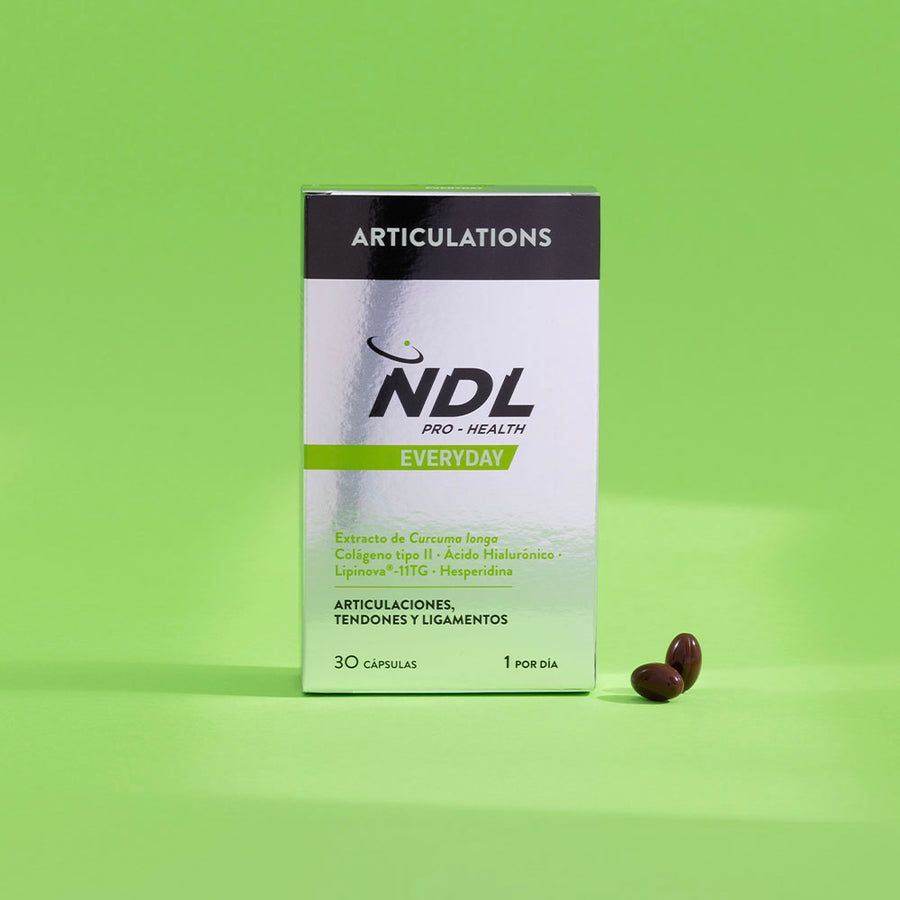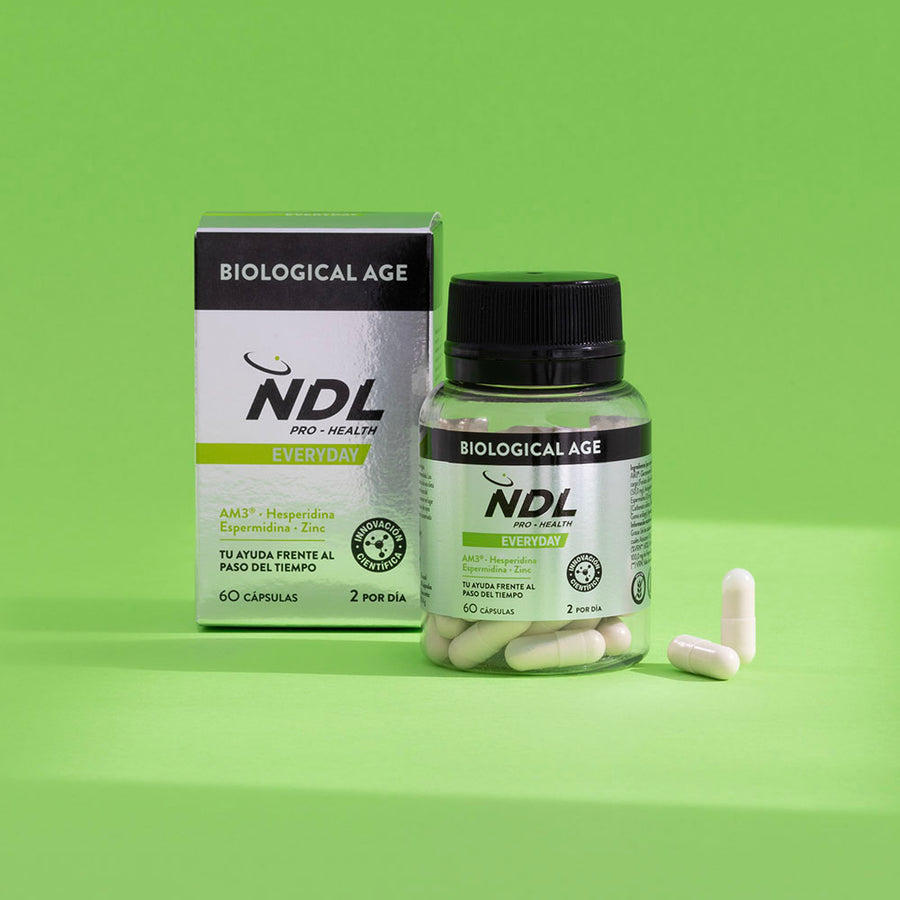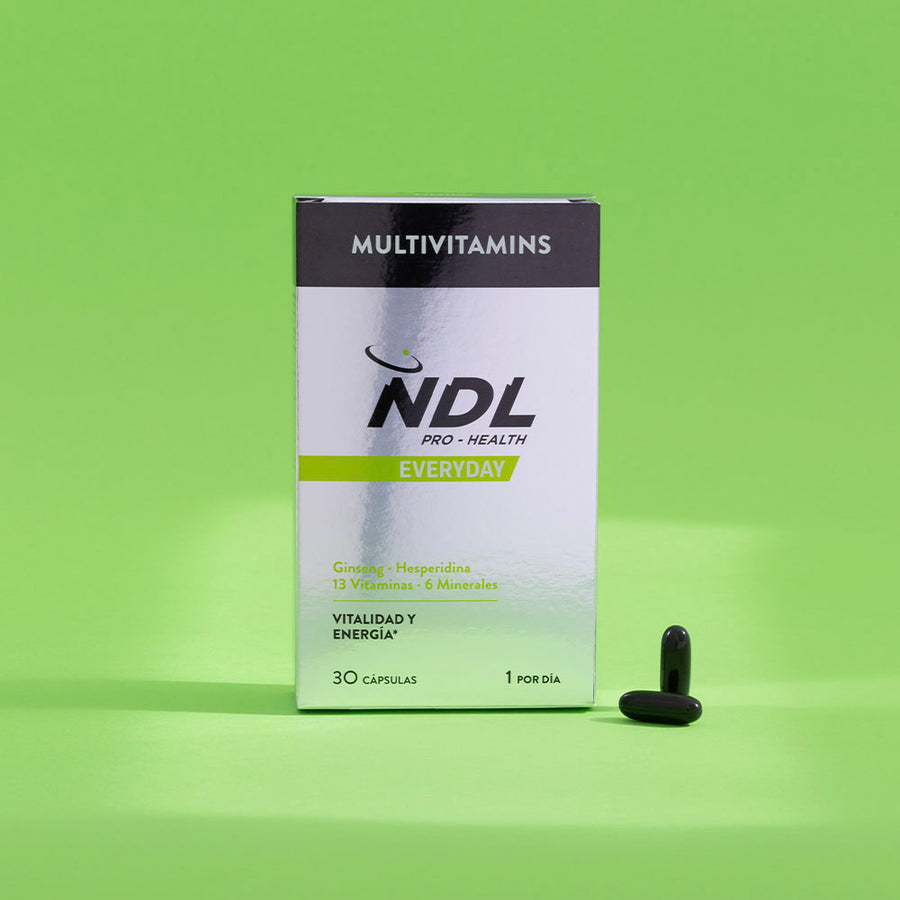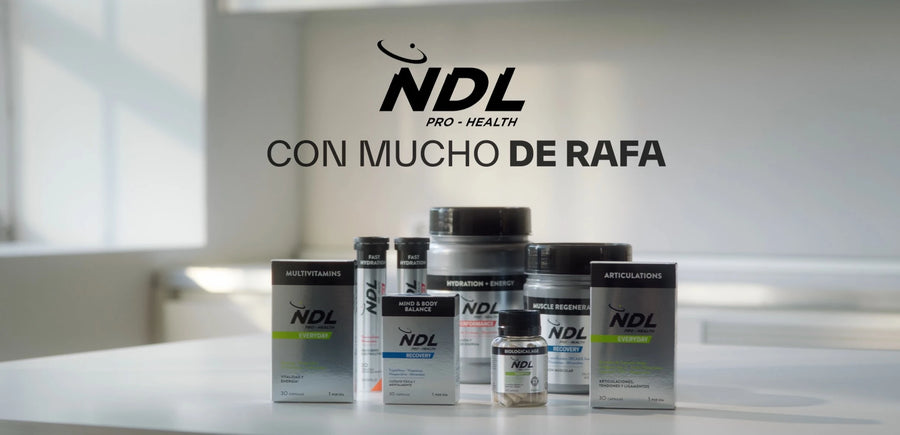Featured Products
Joints are essential structures for mobility, especially when performing any type of physical activity. The practice of strengthening, low-impact exercises and stretching in non-painful range of motion, as well as avoiding trauma and proper biomechanics, can contribute to their care and preserve better joint health. Finally, in some cases, specific nutritional supplements can be positive for good joint performance and preservation.
The optimal functioning of the joints is manifested in the form of adequate stability, flexibility and mobility. Their care, in addition to promoting the strengthening of the adjacent muscles, will guarantee a good condition of the different joint structures.
There is specific work and care that can contribute to health and better joint mobility, preserving its proper functioning and minimizing the wear and tear of important joint structures such as cartilage.
How to care for and protect our joints
Joints are complex structures that depend on a group of muscles that mobilize them, bones that support them and that are stabilized by ligaments.
Joints are complex structures that depend on a group of muscles that mobilize them, bones that support them and that are stabilized by ligaments.
There are several situations that can cause damage to the joint structures, impairing the mobility capacity and causing pain in the joint.
These include:
- Physical frailty.
- Cases of sarcopenia or loss of muscle mass.
- Advanced age.
- Biomechanical alterations.
- Excess weight.
- The appearance of various pathologies.
High joint movement capacity is important for good physical health.
Therefore, joint mobility exercises are essential to ensure the preparation of the different structures and tissues for physical activity.
In this sense, simple routines can be established for the prevention of joint problems. These will minimize the risk of injuries and problems in the locomotor system, especially in the joints:
- Medical examination. It is advisable to have a sports medical check-up, especially when starting to practice sports or when you want to add exercise to the treatment of joint problems. It is advisable that these examinations are carried out by specialists in sports medicine.
- Healthy weight. Excess weight subjects all structures, especially joints, to greater stress.
- Strong muscles. It is especially important to strengthen those located in the areas near the joints, as these are more prone to injury when the muscles and ligaments that support them are weak.
- Warm-up. Before the sport activity, warming up increases the body temperature, optimizing the metabolism and the mechanisms of obtaining energy. It also improves muscle contraction and increases the elasticity of muscles and tendons. It should include all muscle groups and joints involved in the activity to be performed.
- Stretching. After warming up, stretching with repetitive movements is recommended for all muscle groups and joints.
- Adaptation to rest. After competition or training, relaxation exercises and adaptation to the resting situation are recommended.
- Footwear. Proper footwear absorbs impacts better and minimizes injuries to the lower body. Sometimes the use of insoles, when there is a biomechanical alteration, can improve sports performance and prevent injuries.
- Planning. Correct exercise loading will contribute to the control of fatigue and joint and muscle injuries.
- Activity. In case of sedentary routines (office work, standing, etc.), be intermittently active, avoiding static positions for prolonged periods.
- Nutrition and hydration. A healthy diet that provides energy and all the nutrients in sufficient quantities is essential for good sports performance and to avoid injuries. Similarly, in order to strengthen the joints, it is very important to hydrate before, during and after exercise and replenish lost mineral salts, through adequate intake of foods from all food groups, especially fruits, vegetables and water.
Supplements. Although not indispensable, many athletes include vitamin, mineral and other supplements in their diet to improve performance, stimulate tissue regeneration and reconstruction and prevent injuries.
Supplements to strengthen joints
In the case of joints, there are key nutrients and substances that can contribute to their proper functioning through optimal maintenance and recomposition of their structures.
In addition, the best joint supplements are especially relevant in those cases in which, due to unbalanced diets or intestinal absorption problems, the supply of nutrients to the joint may be compromised. Some of them are:
Collagen type II
- What is type 2 collagen used for?
It is a type of protein important for the elasticity of various tissues, where it plays a fundamental structural role. There are different types of collagen. Type II is the most common in cartilage.
In intense exercise routines, the collagen in the joints degrades, which affects the physical properties of the joint, leading to inflammation and pain.
On the other hand, the released collagen fragments encourage the immune system to recognize the body's own collagen as a potentially harmful component and actively attack it.
This feeds back into the cycle of joint collagen destruction, with increased inflammation and pain, increasing the risk of osteoarthritis and other pathologies affecting the joints.
- Benefits of hydrolyzed collagen type 2
The supply of hydrolyzed collagen type 2 in nutritional supplements has been shown to be beneficial for joint care, favoring the replenishment of collagen degraded during exercise routines.
When ingested, this type of collagen decreases autoimmune reactions to its own collagen (induction of oral tolerance), reducing its destruction.
The research carried out has shown promising results, with a decrease in various parameters associated with pain.
It is important to note that the formulation of this hydrolyzed collagen must be adequate to allow its absorption and avoid its degradation before reaching the joint.
Hyaluronic acid
Hyaluronic acid is found naturally in many tissues and fluids, but is most abundant in articular cartilage, tendons and synovial fluid present in the joint space.
Among the benefits of hyaluronic acid for the joints, its contribution as an oral supplement shows its potential to reduce joint pain.
Although its pharmacological formulation of the acid must be adequate to facilitate its incorporation into the joints.
Vitamin C
This antioxidant vitamin is involved in the physiological formation of collagen present in bones and cartilage.
In addition, vitamin C for joints promotes iron absorption, helping to counteract anemia in athletes, and helps to control the levels of reactive oxygen species (ROS), inflammation and reduce tiredness and fatigue.
Minerals
Various minerals such as manganese contribute to the maintenance of normal bones. Manganese is essential for cartilage repair and bone maintenance, contributing to increased bone density.
Similarly, copper, which contributes to the maintenance of connective tissue in normal conditions, in adequate concentrations, facilitates the regeneration of chondrocytes, reduces inflammation and the risk of osteoarthritis.
Omega-3 fatty acids
Omega-3 fatty acids, which are mainly present in olive oil and some fish, contribute to the prevention of inflammation at the physiological level.
Curcumin
Curcumin is a natural antioxidant polyphenol that is a major constituent of turmeric, a spice found in curry that has shown anti-inflammatory and antioxidant effects that have been investigated for their usefulness in post-exercise recovery.
When physical activity is inadequate, or the athlete suffers from rheumatic diseases, an inflammatory response may occur after exercise, which may be associated with loss of muscle strength and mobility, swelling and numbness, with the consequent onset of fatigue and decreased athletic performance.
Curcumin as a nutritional supplement has shown improvement in several parameters related to pain.
The main benefits of curcumin have been evidenced in a reduction in muscle damage and decreasing markers of inflammation and oxidative stress and increasing antioxidant capacity.
Hesperidin
Hesperidin is a flavonoid, present in high concentrations in citrus fruits, with antioxidant and anti-inflammatory properties, whose effect has been observed in various research studies in humans.
Dietary Supplement for Joints: NDL Pro-Health Articulations
NDL Pro-Health Articulations is a food supplement formulated from nutrients such as:
- Collagen type II,
- Hyaluronic acid,
- Turmeric longa extract,
- Manganese,
- Copper,
- Vitamin C,
- Lipinova R (with high content of Omega 3 fatty acids).
Sources
- Manonelles P, de Teresa C (Coord.). Deporte recreacional saludable. Documento de consenso de la Sociedad Española de Medicina del Deporte (SEMED-FEMEDE). Archivos de Medicina del Deporte 2016; 33 (Supl. 2): 8-40. ISSN: 0212-8799.
- Skou ST, Roos EM. Physical therapy for patients with knee and hip osteoarthritis: supervised, active treatment is current best practice. Clin Exp Rheumatol 2019; 37 Suppl 120(5): 112-117. PMID: 31621559.
- Roos EM, Arden NK. Strategies for the prevention of knee osteoarthritis. Nat Rev Rheumatol 2016 Feb; 12(2): 92-101. Doi: 10.1038/nrrheum.2015.135.
- Whittaker JL et al. A lifespan approach to osteoarthritis prevention. Osteoarthritis Cartilage 2021; 29(12): 1.638-1.653. Doi: 10.1016/j.joca.2021.06.015.
- Autoridad Europea de Seguridad Alimentaria. Declaraciones de propiedades saludables. Consultado: 05/02/2024.
- Clark KL et al. 24-Week study on the use of collagen hydrolysate as a dietary supplement in athletes with activity-related joint pain. Curr Med Res Opin 2008; 24(5): 1.485-1.496. Doi: 10.1185/030079908x291967.
- Zdzieblik D et al. Improvement of activity-related knee joint discomfort following supplementation of specific collagen peptides. Appl Physiol Nutr Metab 2017; 42(6): 588-595. Doi: 10.1139/apnm-2016-0390.
- Bakilan F et al. Effects of Native Type II Collagen Treatment on Knee Osteoarthritis: A Randomized Controlled Trial. Eurasian J Med 2016; 48(2): 95-101. Doi: 10.5152/eurasianjmed.2015.15030.
- Crimaldi S et al. The Role of Hyaluronic Acid in Sport-Related Tendinopathies: A Narrative Review. Medicina (Kaunas) 2021; 57(10): 1.088. Doi: 10.3390/medicina57101088.
- Oe M et al. Oral hyaluronan relieves knee pain: a review. Nutr J 2016; 15: 11. Doi: 10.1186/s12937-016-0128-2.
- Shaw G et al. Vitamin C-enriched gelatin supplementation before intermittent activity augments collagen synthesis. Am J Clin Nutr 2017; 105(1): 136-143. Doi: 10.3945/ajcn.116.138594.
- Li G, Cheng T, Yu X. The Impact of Trace Elements on Osteoarthritis. Front Med (Lausanne) 2021; 8: 771297. Doi: 10.3389/fmed.2021.771297.
- Wei M et al. Manganese, iron, copper, and selenium co-exposure and osteoporosis risk in Chinese adults. J Trace Elem Med Biol 2022; 72: 126989. Doi: 10.1016/j.jtemb.2022.126989.
- Lin R et al. Copper-incorporated bioactive glass-ceramics inducing anti-inflammatory phenotype and regeneration of cartilage/bone interface. Theranostics 2019; 9(21): 6300-6313. Doi: 10.7150/thno.36120.
- Corder KE et al. Effects of Short-Term Docosahexaenoic Acid Supplementation on Markers of Inflammation after Eccentric Strength Exercise in Women. J Sports Sci Med 2016; 15(1): 176-83. PMCID: PMC4763838.
- Jouris KB, McDaniel JL, Weiss EP. The Effect of Omega-3 Fatty Acid Supplementation on the Inflammatory Response to eccentric strength exercise. J Sports Sci Med 2011; 10(3): 432-8. PMCID: PMC3737804.
- Dias KA et al. Effects of Curcumin Supplementation on Inflammatory Markers, Muscle Damage, and Sports Performance during Acute Physical Exercise in Sedentary Individuals. Oxid Med Cell Longev 2021; 2021: 9264639. Doi: 10.1155/2021/9264639.
- Campbell MS, Carlini NA, Fleenor BS. Influence of curcumin on performance and post-exercise recovery. Crit Rev Food Sci Nutr 2021; 61(7): 1.152-1.162. Doi: 10.1080/10408398.2020.1754754.
- Tejada S et al. Potential Anti-inflammatory Effects of Hesperidin from the Genus Citrus. Curr Med Chem 2018; 25(37): 4929-4945. Doi: 10.2174/0929867324666170718104412.
- Buzdağlı Y et al. Effects of hesperidin on anti-inflammatory and antioxidant response in healthy people: a meta-analysis and meta-regression. Int J Environ Health Res 2023; 33(12): 1.390-1.405. Doi: 10.1080/09603123.2022.2093841.
- Beas-Jiménez JdD, López-Lluch G, Sánchez-Martínez I, Muro-Jiménez A, Rodríguez-Bies E, Navas P. Sarcopenia: Implications of physical exercise in its pathophysiology, prevention and treatment. Rev And Med Deporte. 2011;4(4):158-66. Available from: https://www.researchgate.net/publication/260297858_Sarcopenia_Implications_of_physical_exercise_in_its_pathophysiology_prevention_and_treatment
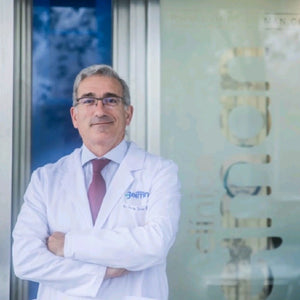
He has a degree in Medicine and Surgery and a Master in Medicine, Physical Exercise and Sport from the University of Granada; Master in Sports Traumatology from the University San Antonio de Murcia and Doctor in Medicine and Surgery and Doctor in Sciences Applied to Sport from the University of Cadiz. In his long career always linked to medicine and sport, he has been Head Physician of the first team of Sevilla FC, Head of Section in Sports Medicine of the Junta de Andalucía and Medical Director in Beiman Clinics. In addition to his professional dedication, he has developed an intense teaching, research and outreach work related to medicine and sport.

